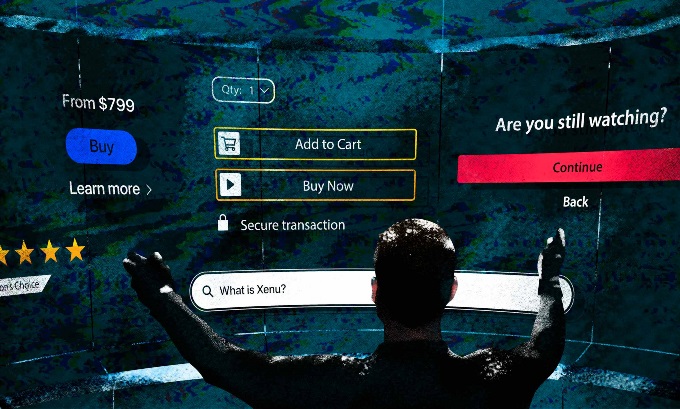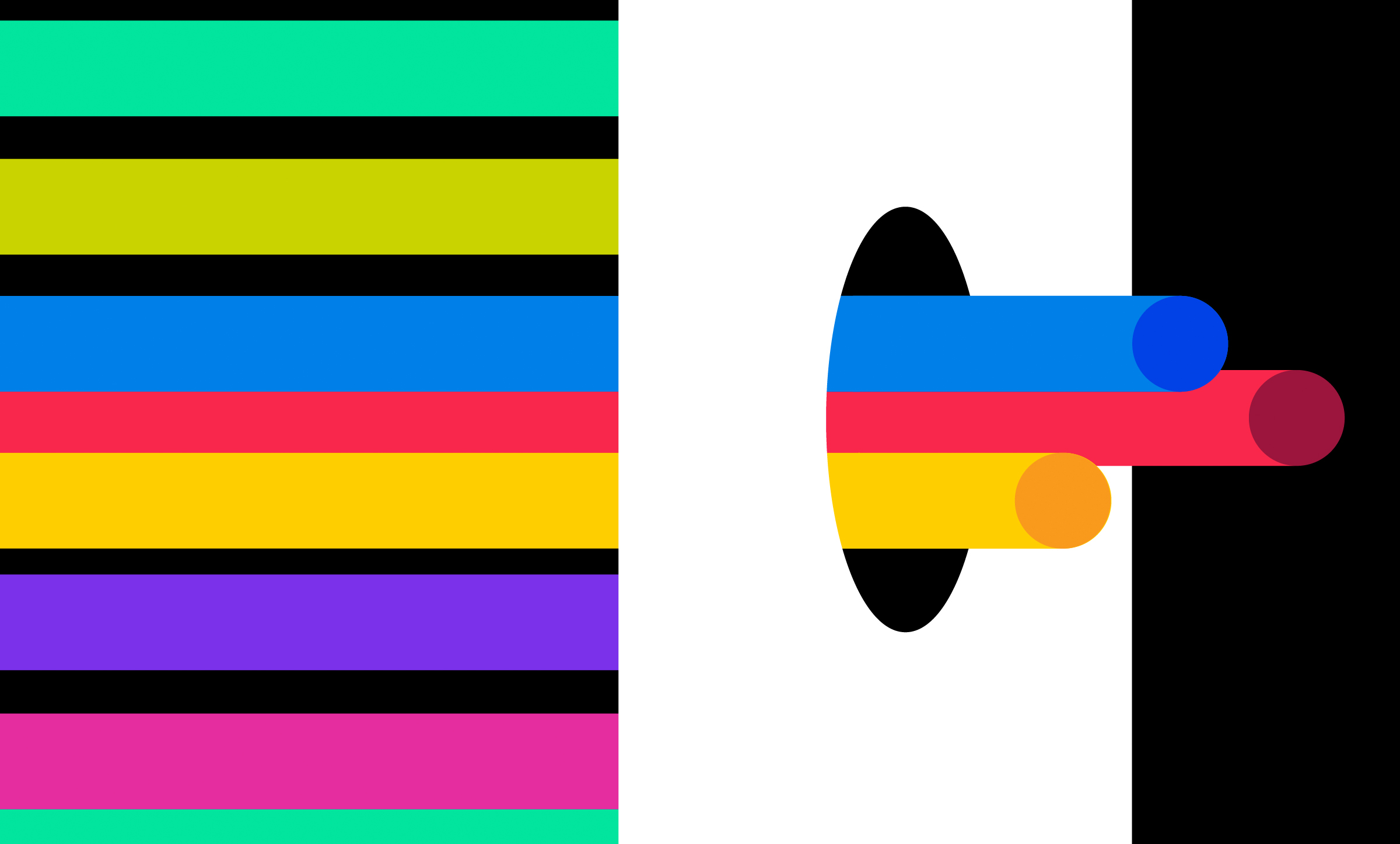One Question Will Change How You Approach Your Digital Product: How Often Is It Used?
4 min read
Considering Frequency of Use
Some digital products are used more frequently than others. Some, like the text apps on our phones, we use constantly. Everyone from the most accomplished programmer to my dear sweet mother texts. We text at all hours, during conversations, and dismayingly, while we drive.
Because we text all the time, we know our text apps like the back of our hand. When new features emerge or layout changes, we adapt quickly because our exposure rate is so high.
Other products, we use only occasionally. Many of us file taxes online. Thankfully, we do this just once per year. We might use a health app to manage prescriptions, or a library site to borrow a book every now and again. From time to time, we use apps to buy event tickets or research real estate listings.
These are episodic apps. We use them only when specific needs arise. Most digital products fall into this occasional use category, including – very probably – yours. You’re likely not creating the next ubiquitous social media platform or music streaming giant. You’re more likely working on something people will use every now and then, as needed.
How frequently we use digital products has a direct bearing on how those products should be envisioned, defined, designed, written, and built. Your product that is used from time to time needs to be defined and designed differently from products that are used constantly.
Designing for Occasional Use
Understanding occasional use starts with understanding people in general. Humans are particularly bad at remembering how to use interfaces (right along with names, faces, and dates). We don’t remember interfaces very well each time we use them, if we remember them at all.
Because of this, products we use once per month feel very much like things we use only rarely. Repeated use feels very often like first time use. Understanding this will change how you approach digital products.
The good news is: you can know and act on some basic design and usability rules for products that are used only occasionally. Heed the following guidelines, and your product will be better from the start.
Do less.
First, consider usability rules of thumb you’ve probably heard before. Make things easy. Be simple. These guidelines are perfect for products we use intermittently. Why? Because humans don’t deal well with complexity. That includes you, dear reader.
As wonderfully imaginative as we are, we still get tripped up when logging in, sharing files, and getting our audio to work correctly on Zoom, Teams, Slack, and WebEx. This is why digital products should reduce features, kill unnecessary words, center on well-defined tasks, and generally embrace a clear, minimal approach.
Don’t innovate your interface.
We don’t have the time or patience to constantly learn new interfaces. We just don’t. Your idea is not special enough for a completely novel approach. It just isn’t. If your product, intermittently used, looks and acts different from most easy-to-use apps out there, you are going in the wrong direction. If it looks and acts like something out of Minority Report, heaven help you.
Rely on standards.
Think of standards as a lifeline for rare or occasional use. People see apps and sites (really the entire internet) as one big thing, governed by clear rules. We can link to other places. We can scroll down to see more. We can go back to where we were. Standards are standards because they work. This is especially true for periodic use.
Solid, easy-to-understand usability guidelines for navigation, mobile interaction, content, shopping carts, and more are readily available. You can Google them with ease. So do it.
Never assume user sophistication.
Regardless of what the CEO says and no matter how smart your customers are, your user base is not wholly comprised of tech savvy power users. More likely, they are unseasoned at best. And when unsophisticated folks use your product just once in a while, they will make “mistakes.”
In your mind’s eye, consider everyone somewhere between a total novice and a middle-of-the-road user. If it helps, envision your mother using your product. I guarantee you’ll design it differently.
There are always exceptions. Some products are used (often all day long) by highly sophisticated users with specific expertise and training. We have special UX considerations for them.
Don’t copy something else.
You are out to solve a specific, unique problem with your product. Amazon, Apple, Google, and Netflix are solving entirely different problems. Copying them won’t help your users. In fact, you’ll probably copy something designed for entirely different people and different frequency of use. Do your own thing.
Test. Test. Test.
Don’t assume you know how people will use your product. They don’t even know, so how could you? Create prototypes. Test them with users. Test early versions. Test after you go live. Don’t stop testing. This is the only way to be sure your occasionally used product is actually usable.
Frequency Matters
Chances are the people visiting your site, or using your app aren’t using it all the time. This simple realization will help you align your efforts to more productive ends. It will certainly help you make your digital products much easier to use.





